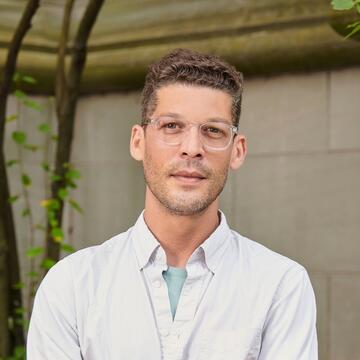
Theodossis (Theo) Issaias

Theo Issaias (he/him) is an architect and educator. He serves as Curator of the Heinz Architectural Center at the Carnegie Museum of Art and Special Faculty at Carnegie Mellon University School of Architecture. His research focuses on architecture at the intersection of human rights, conflict and the provision of shelter. This interest led to his PhD dissertation “Architectures of the Humanitarian Front” (2021, Yale University), which examined a period around WWI when conflict, displacement and territorial insecurity provoked the reconfiguration of humanitarian operations – their spatial organization and ethical imperatives.
Theo is co-founder of FATURA Collaborative, a research and design practice established in 2009. FATURA practices in a non-hierarchical and collaborative way with geographers, law experts, political scientists, nonprofit housing advocacy groups and activists to conduct research and develop projects that expand new problematics about ecology and the domestic. They have developed projects across a wide range of scales, from intimate objects and performances to urban design. Their work has been presented in exhibitions and museums such as the Venice Biennale, Manifesta, Acropolis Museum and Benaki Museum, among others.
Theo studied architecture in Athens, Greece, and holds a Master of Science in Architecture and Urbanism from MIT.
PROFESSIONAL AFFILIATIONS
Heinz Architectural Center | Carnegie Museum of Art
Spring 2025 Teaching
The course is organized as a research-by-design seminar that charts environmental uncertainty and contends with the role of spatial practices in territorial and ecological transformations. Central to our attention is the region of western Pennsylvania, its rivers, forests, fracklands, cities and its associated social, political, cultural and material geographies.
Fall 2024 Teaching
The course is organized as a graduate seminar that concludes the cycle of required courses in the history and theory of architecture for the M.Arch program. By revisiting histories of the twentieth and twenty-first centuries, it treats the profession as an uncertain, contested and contingent category.

